Even a well-designed wear-resistant plunger isn’t immune to failure if the operating conditions, maintenance routines, or material choices don’t align with real-world demands. Understanding how and why plungers fail in industrial applications is critical to keeping systems running smoothly and efficiently. In our years of supplying to sectors ranging from energy and chemical processing to manufacturing and heavy machinery, we’ve identified several predictable yet preventable failure patterns that every engineer and procurement manager should recognize.
Abrasive wear is among the most frequent issues faced by plungers, even those marketed as wear-resistant. When hard particles suspended in fluid systems repeatedly scrape against the plunger surface, micro-cuts and scoring can form, leading to reduced sealing efficiency and, eventually, performance loss. Although the term wear-resistant plunger suggests durability, not all products are created equal—variations in material hardness, surface treatments, and machining quality can dramatically affect resistance to abrasion. A plunger made with properly hardened tool steel or coated with a ceramic or carbide layer can significantly slow down wear rates under such conditions.
Corrosion is another enemy that often works silently. In systems that handle aggressive chemicals or high-humidity environments, certain plunger materials may start to degrade internally or externally, compromising structural integrity. A seemingly robust plunger may begin to pit or crack from within, especially if the material isn't chemically compatible with the media in use. Stainless steel or specially alloyed plungers offer better resistance in corrosive setups, but careful material selection is still key. From our perspective as a manufacturer, material pairing should always go hand-in-hand with application knowledge—it’s the foundation of long-term reliability.
Fatigue failure also deserves attention, especially in high-cycle or high-pressure systems where the plunger is subjected to constant mechanical stress. Repeated loading and unloading can lead to microscopic cracks that grow over time and eventually cause breakage. Even a wear-resistant plunger can suffer here if it’s not engineered with proper heat treatment or if sharp edges and surface flaws exist. We’ve seen how investing in smooth surface finishes, precision tolerances, and fatigue-resistant materials pays off over years of continuous use.
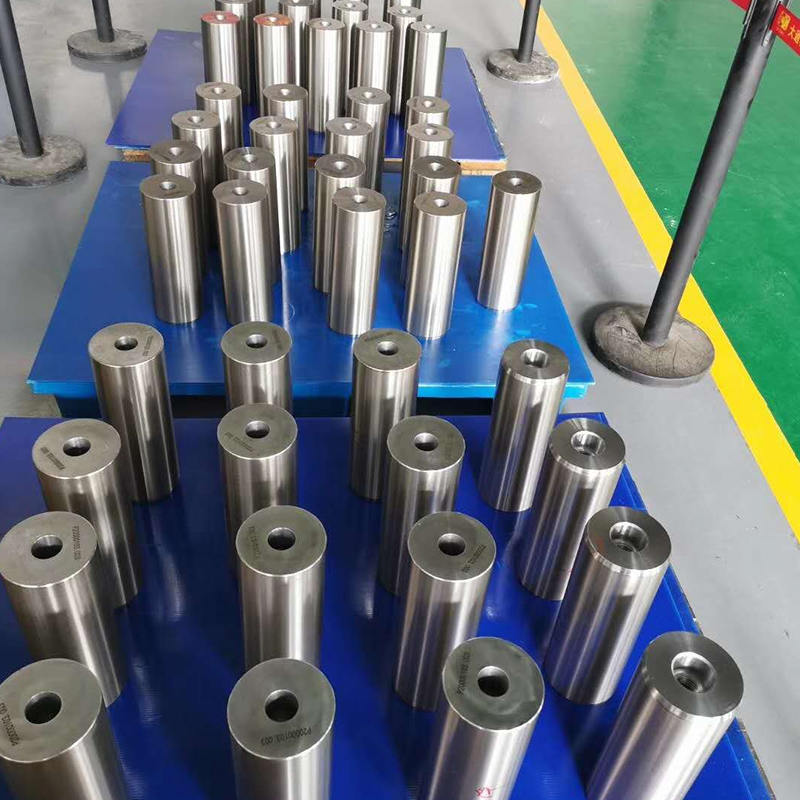
One of the more specialized but equally destructive modes of failure is cavitation erosion. In high-speed or low-pressure pump conditions, vapor bubbles can form and collapse near the plunger surface, creating localized shock waves that pit the material. This kind of damage is difficult to repair and often misdiagnosed. Using advanced materials and surface coatings with high impact resistance can reduce the risk, but controlling operating conditions is just as vital.
Poor lubrication is another silent contributor to early failure. Without adequate lubrication between the plunger and sealing elements, friction increases, heat builds up, and the plunger begins to degrade. Even the best wear-resistant plungers require a well-maintained environment to reach their full potential. This is where end users must be proactive—monitoring lubricant levels, checking for contamination, and following OEM guidelines all help to extend service life.
Installation errors and misalignment are problems that originate not from the part itself but from how it’s integrated into the system. A plunger that is even slightly off-axis can wear unevenly, stress sealing components, and develop cracks prematurely. Precision installation and routine alignment checks are small steps that prevent expensive breakdowns later. We always recommend pairing high-quality plungers with equally precise components to maintain overall system harmony.
As a trusted supplier, we believe that prevention is always better than replacement. Selecting the right wear-resistant plunger is only the beginning; ensuring optimal performance over time requires an understanding of how failure happens and what steps can be taken to avoid it. Our products are engineered with these insights in mind, backed by field experience and a commitment to keeping your operations running longer, smoother, and more efficiently.

 ENG
ENG
 English
English عربى
عربى Español
Español 中文简体
中文简体
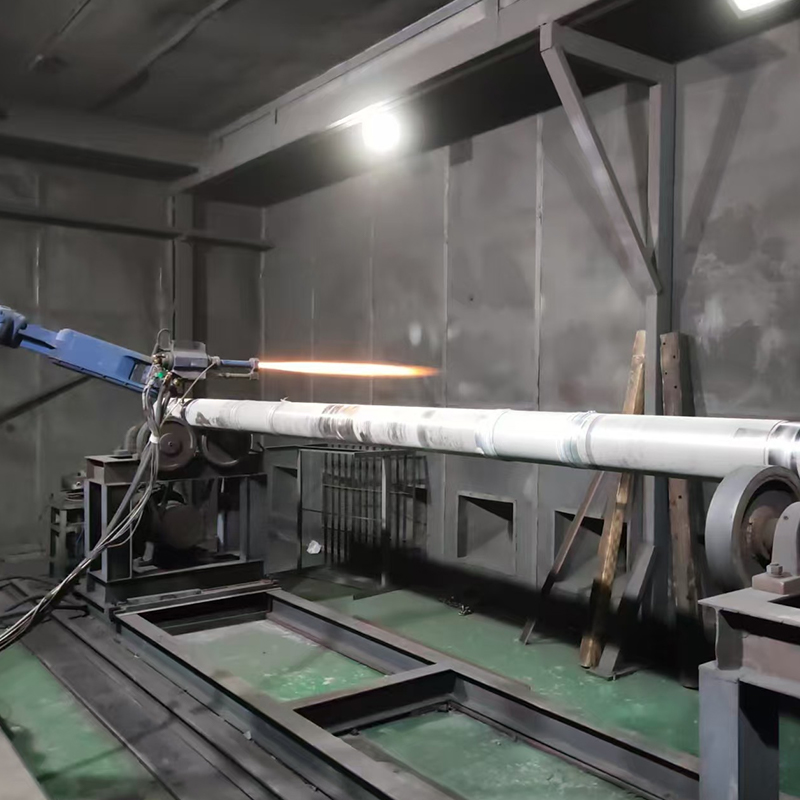
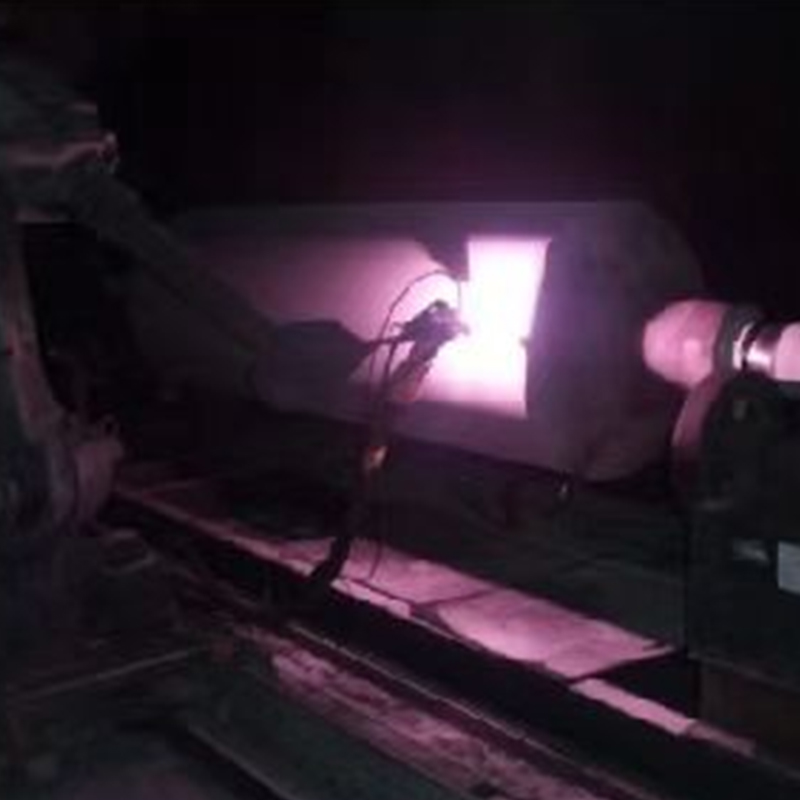


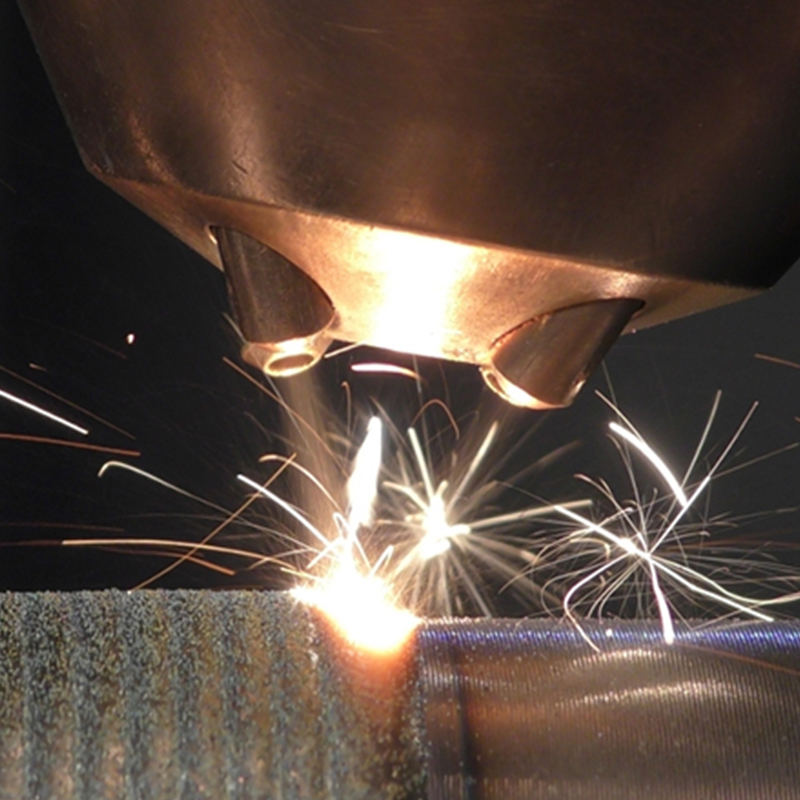

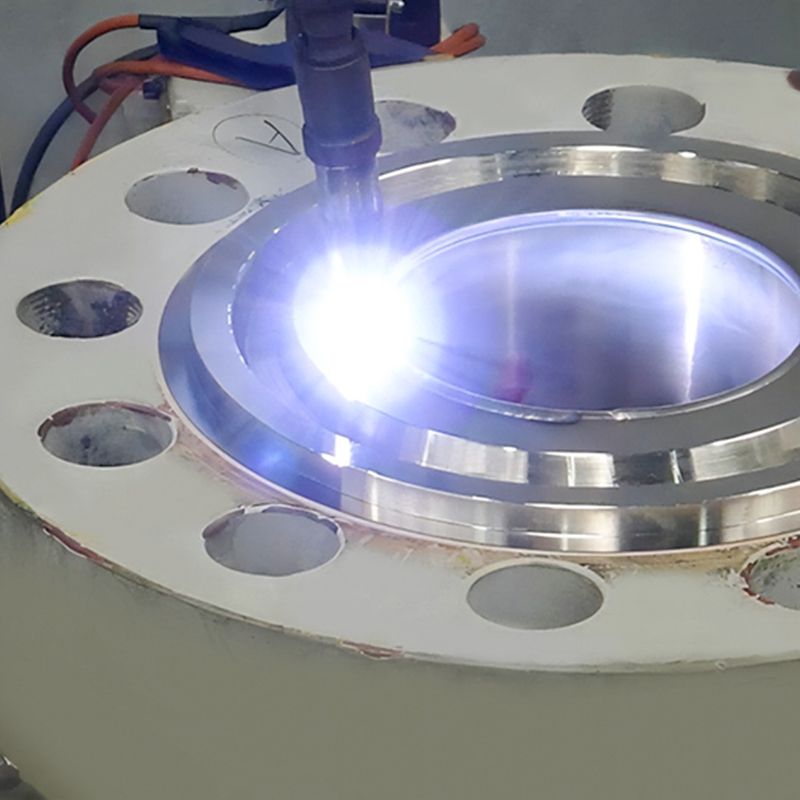
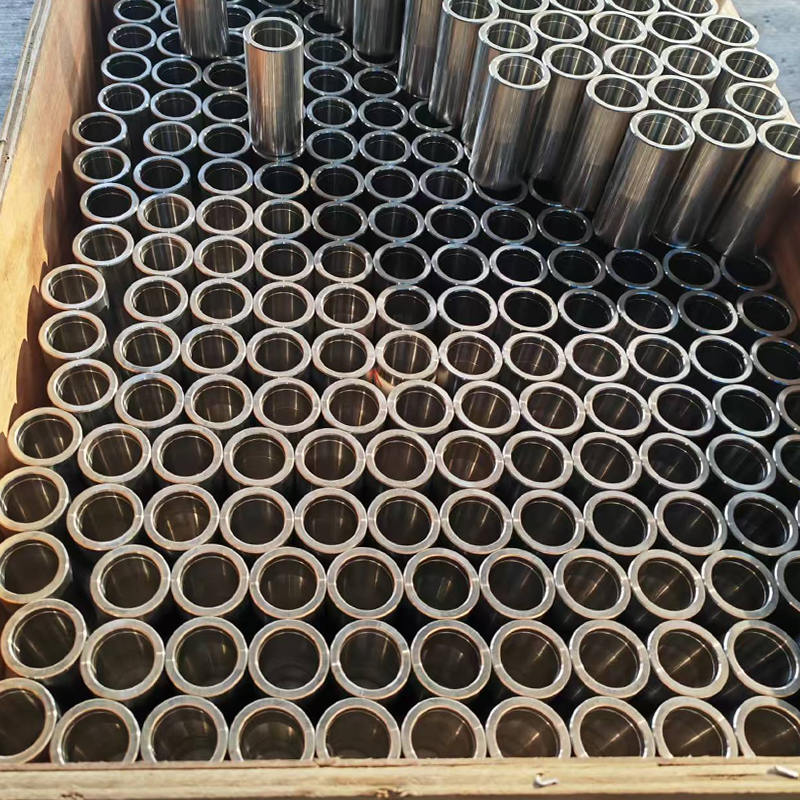
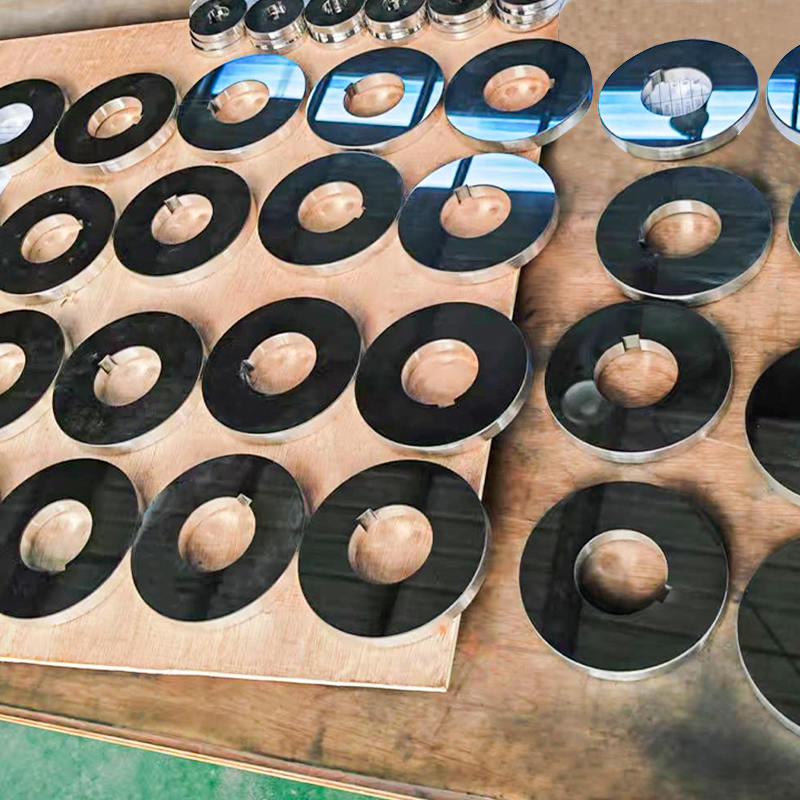
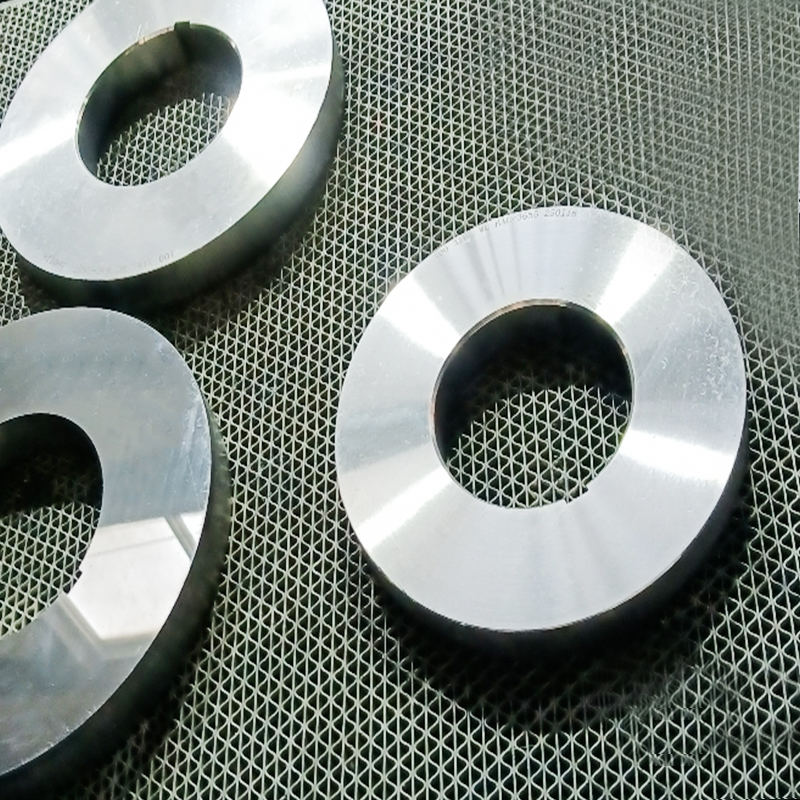
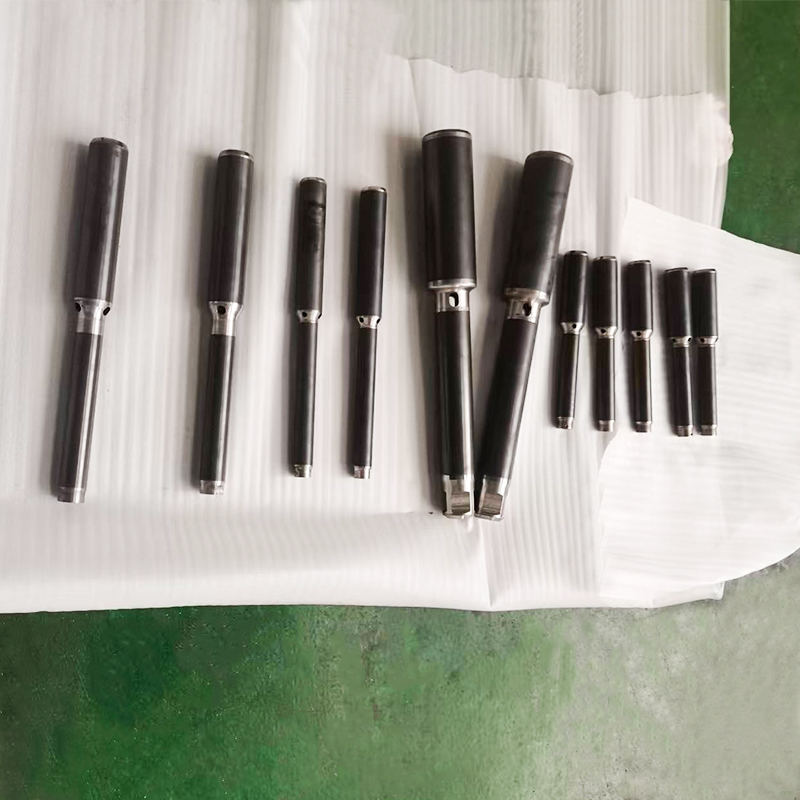
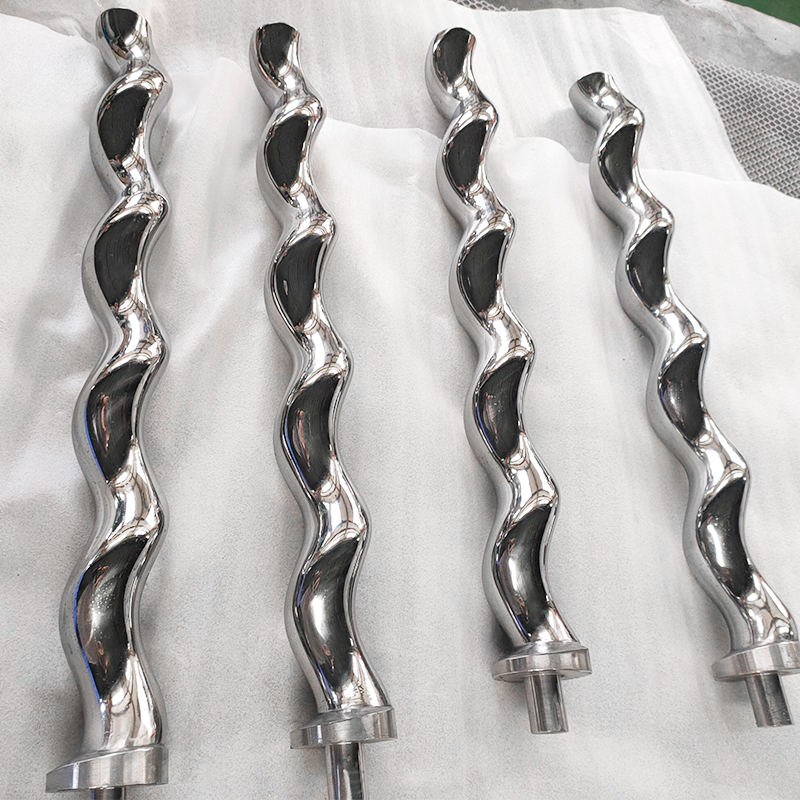

 TOP
TOP